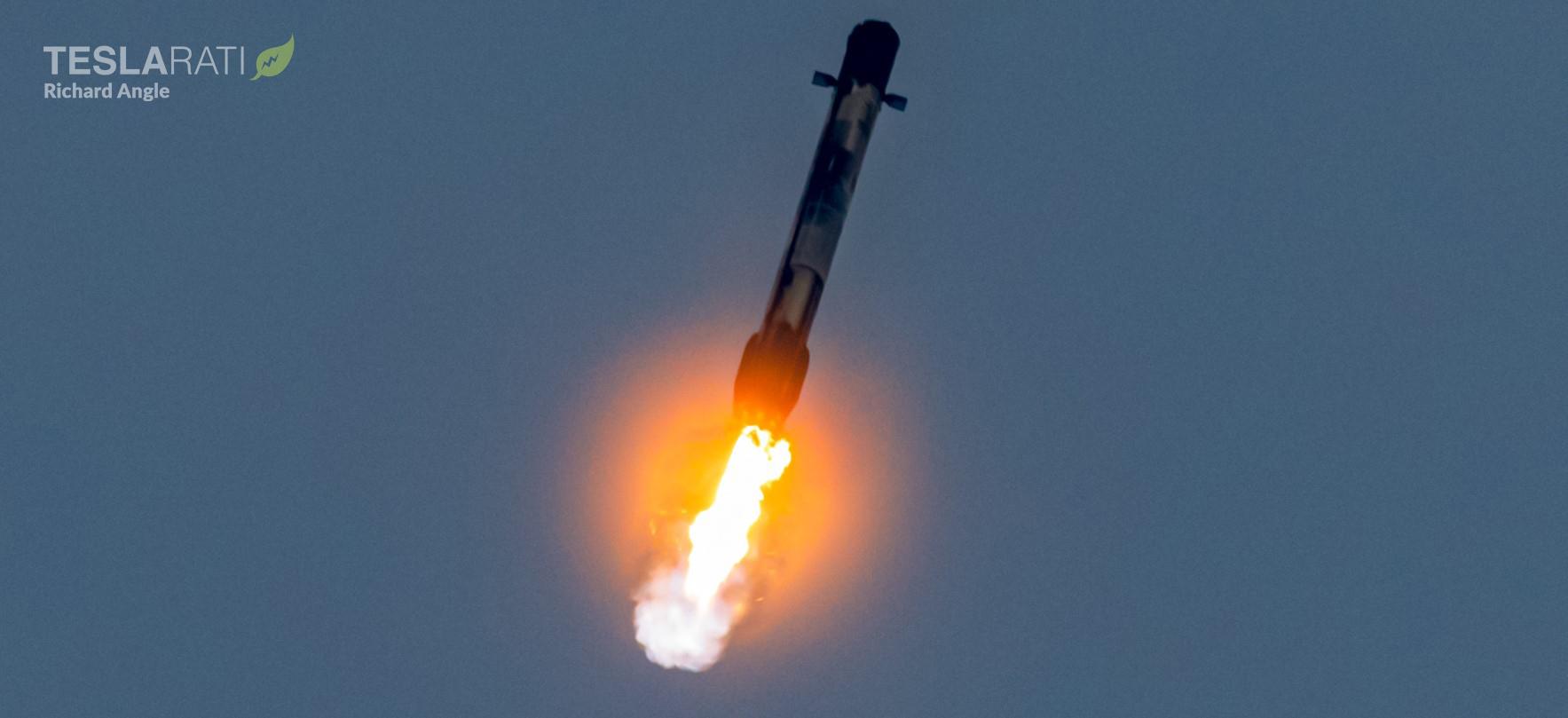
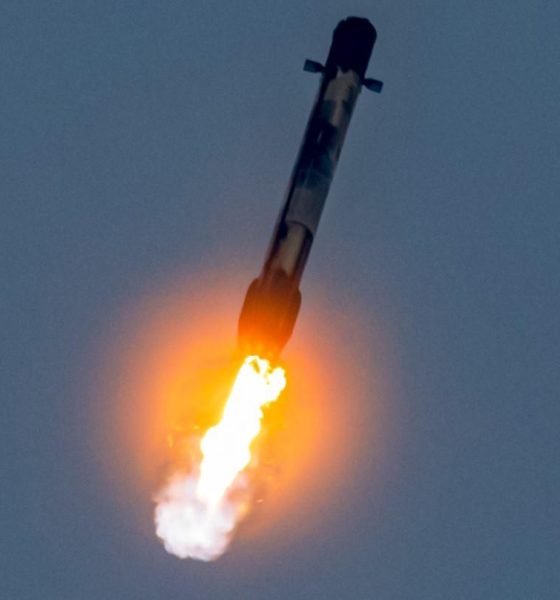
News
SpaceX rocket suffers rare landing failure after kicking off Starlink doubleheader
In a rare surprise for Starlink launches, a SpaceX Falcon 9 booster has failed to successfully land after kicking off the first of two Starlink missions planned in a 25-hour period.
Some nine minutes after liftoff, Falcon 9 booster B1059 suffered an unknown failure that cut short its sixth landing attempt a second or two after landing burn. With no sign of a sustained burn, the booster most likely impacted the ocean at supersonic or high-subsonic speeds, unfortunately ending a record streak of 24 consecutively successful Falcon landings.
Thankfully, Falcon 9 B1059 had already supported five orbital-class launches since its December 2019 debut and, as always, booster recovery is always a secondary objective for SpaceX launches. The primary objective, deploying another batch of 60 Starlink satellites, is on its way to completion as Falcon 9’s upper stage orbits the Earth in preparation for a second small burn and payload deployment around 65 minutes after liftoff.
Update: Falcon 9’s upper stage performed flawlessly, igniting for a brief one-second orbit-raising burn and ultimately deploying a batch of 60 Starlink satellites without issue.
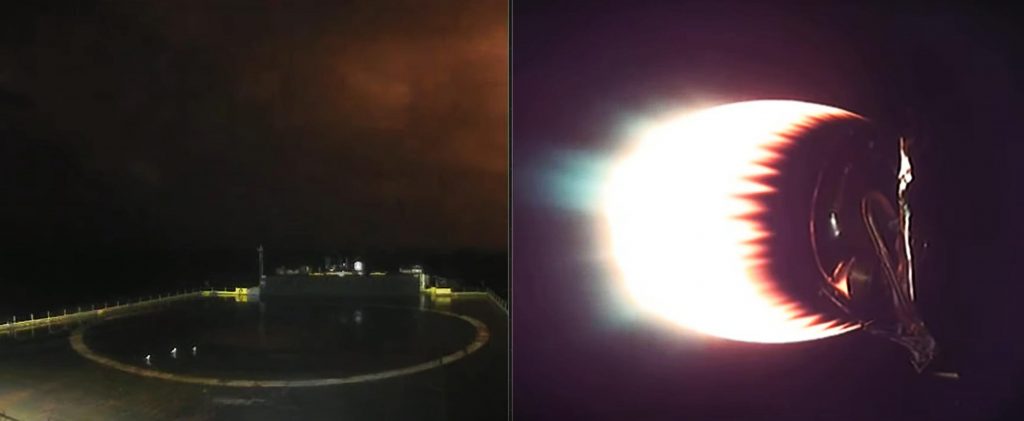
Known as Starlink V1 L19 or Starlink-19, the February 15th mission will be SpaceX’s 19th Starlink launch since operational ‘v1.0’ satellites first began flying in November 2019 and the 20th Starlink launch overall. Earlier this month, SpaceX’s Starlink-18 launch pushed the vast satellite broadband constellation past the 1000-satellite mark, making it the first constellation in history to grow to four digits strong.
Starlink-19 continues that growth just days after SpaceX quietly opened Starlink internet signups to almost anyone on Earth. According to SpaceX, the company expects the growing Starlink constellation to offer connectivity almost anywhere on Earth by the end of 2021.
Starlink-19’s landing failure serves as a bittersweet reminder that SpaceX’s ambitions of a broadband constellation several thousand (to several tens of thousands of) satellites strong is almost intrinsically contingent upon routine, reliable booster reusability. If SpaceX lost boosters on even a small fraction of the one or several hundred Falcon 9 launches needed to launch that constellation, the cost of getting Starlink into orbit would likely balloon by a factor of 5-10, if not more.
Ultimately, SpaceX will almost certainly determine the root cause of Falcon 9 B1059’s landing failure and use any lessons learned – however painfully acquired – to benefit all future Falcon launches and landings. There is a limited chance that this could impact SpaceX’s upcoming Crew Dragon Crew-2 mission in April, which is scheduled to be the first crewed launch ever to use a privately-developed flight-proven booster, but any knowledge gained will ultimately make Falcon 9 a safer rocket in ways that no other existing launch provider can match.
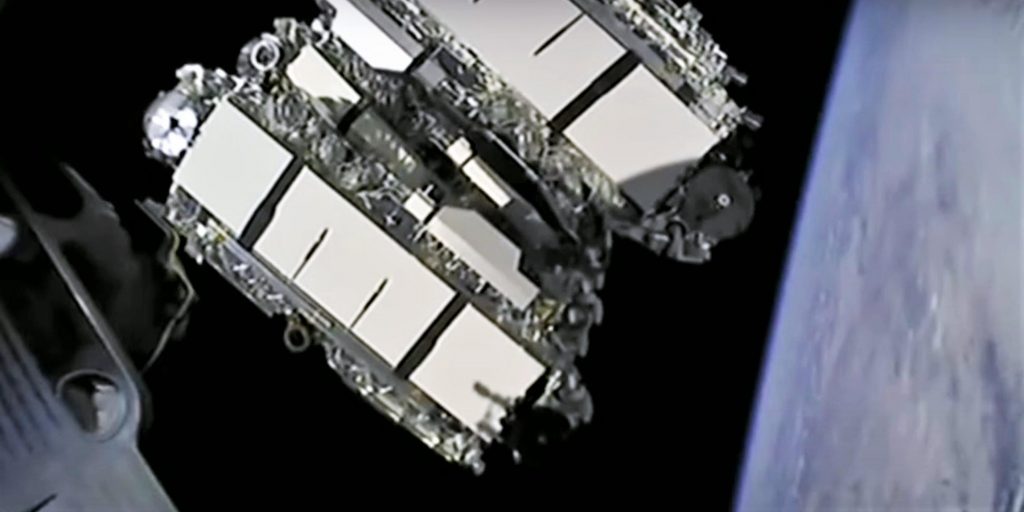
Barring delays caused by B1059’s landing failure, Starlink-17 – delayed roughly ten times by weather and technical bugs over the last month – is scheduled to launch no earlier than 12:55 am EST (5:55 UTC) on Wednesday, February 17th, a few minutes less than 26 hours after Starlink-19. Stay tuned for SpaceX’s official webcast!

News
Tesla sees sharp November rebound in China as Model Y demand surges
New data from the China Passenger Car Association (CPCA) shows a 9.95% year-on-year increase and a 40.98% jump month-over-month.
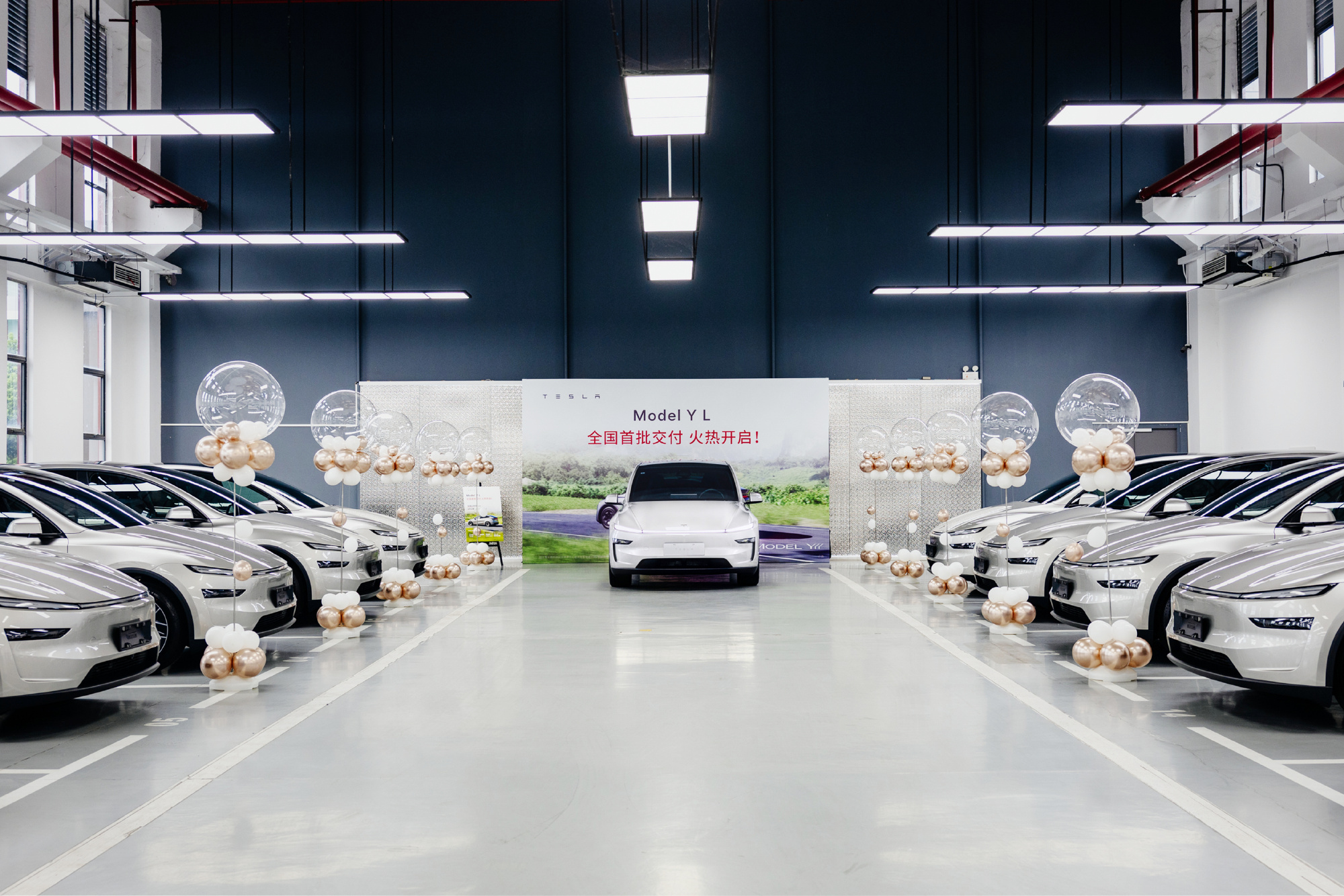
Tesla’s sales momentum in China strengthened in November, with wholesale volumes rising to 86,700 units, reversing a slowdown seen in October.
New data from the China Passenger Car Association (CPCA) shows a 9.95% year-on-year increase and a 40.98% jump month-over-month. This was partly driven by tightened delivery windows, targeted marketing, and buyers moving to secure vehicles before changes to national purchase tax incentives take effect.
Tesla’s November rebound coincided with a noticeable spike in Model Y interest across China. Delivery wait times extended multiple times over the month, jumping from an initial 2–5 weeks to estimated handovers in January and February 2026 for most five-seat variants. Only the six-seat Model Y L kept its 4–8 week estimated delivery timeframe.
The company amplified these delivery updates across its Chinese social media channels, urging buyers to lock in orders early to secure 2025 delivery slots and preserve eligibility for current purchase tax incentives, as noted in a CNEV Post report. Tesla also highlighted that new inventory-built Model Y units were available for customers seeking guaranteed handovers before December 31.
This combination of urgency marketing and genuine supply-demand pressure seemed to have helped boost November’s volumes, stabilizing what had been a year marked by several months of year-over-year declines.
For the January–November period, Tesla China recorded 754,561 wholesale units, an 8.30% decline compared to the same period last year. The company’s Shanghai Gigafactory continues to operate as both a domestic production base and a major global export hub, building the Model 3 and Model Y for markets across Asia, Europe, and the Middle East, among other territories.
Investor's Corner
Tesla bear gets blunt with beliefs over company valuation
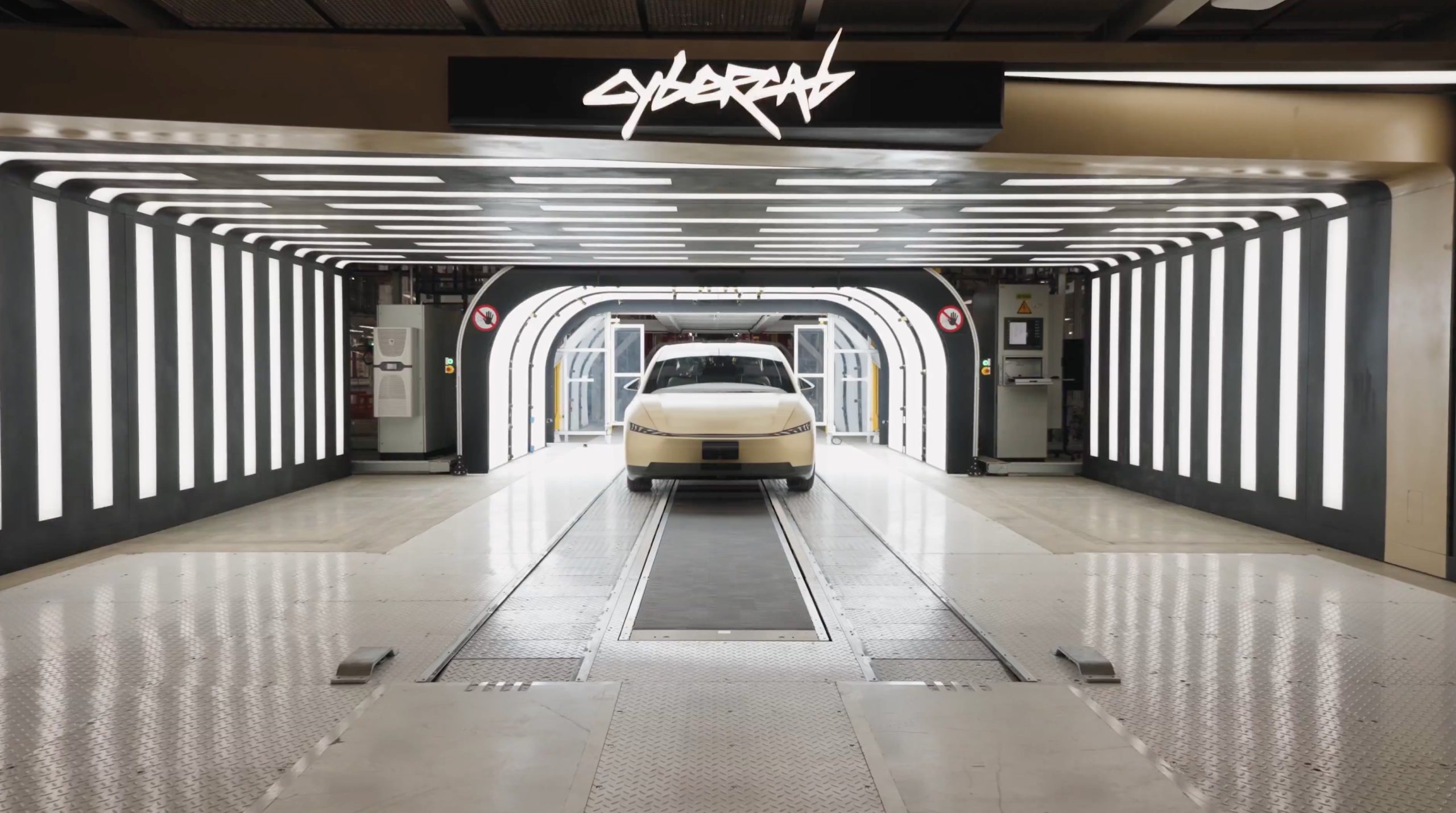
Tesla bear Michael Burry got blunt with his beliefs over the company’s valuation, which he called “ridiculously overvalued” in a newsletter to subscribers this past weekend.
“Tesla’s market capitalization is ridiculously overvalued today and has been for a good long time,” Burry, who was the inspiration for the movie The Big Short, and was portrayed by Christian Bale.
Burry went on to say, “As an aside, the Elon cult was all-in on electric cars until competition showed up, then all-in on autonomous driving until competition showed up, and now is all-in on robots — until competition shows up.”
Tesla bear Michael Burry ditches bet against $TSLA, says ‘media inflated’ the situation
For a long time, Burry has been skeptical of Tesla, its stock, and its CEO, Elon Musk, even placing a $530 million bet against shares several years ago. Eventually, Burry’s short position extended to other supporters of the company, including ARK Invest.
Tesla has long drawn skepticism from investors and more traditional analysts, who believe its valuation is overblown. However, the company is not traded as a traditional stock, something that other Wall Street firms have recognized.
While many believe the company has some serious pull as an automaker, an identity that helped it reach the valuation it has, Tesla has more than transformed into a robotics, AI, and self-driving play, pulling itself into the realm of some of the most recognizable stocks in tech.
Burry’s Scion Asset Management has put its money where its mouth is against Tesla stock on several occasions, but the firm has not yielded positive results, as shares have increased in value since 2020 by over 115 percent. The firm closed in May.
In 2020, it launched its short position, but by October 2021, it had ditched that position.
Tesla has had a tumultuous year on Wall Street, dipping significantly to around the $220 mark at one point. However, it rebounded significantly in September, climbing back up to the $400 region, as it currently trades at around $430.
It closed at $430.14 on Monday.
News
Tesla is making a change to its exterior cameras with a potential upgrade
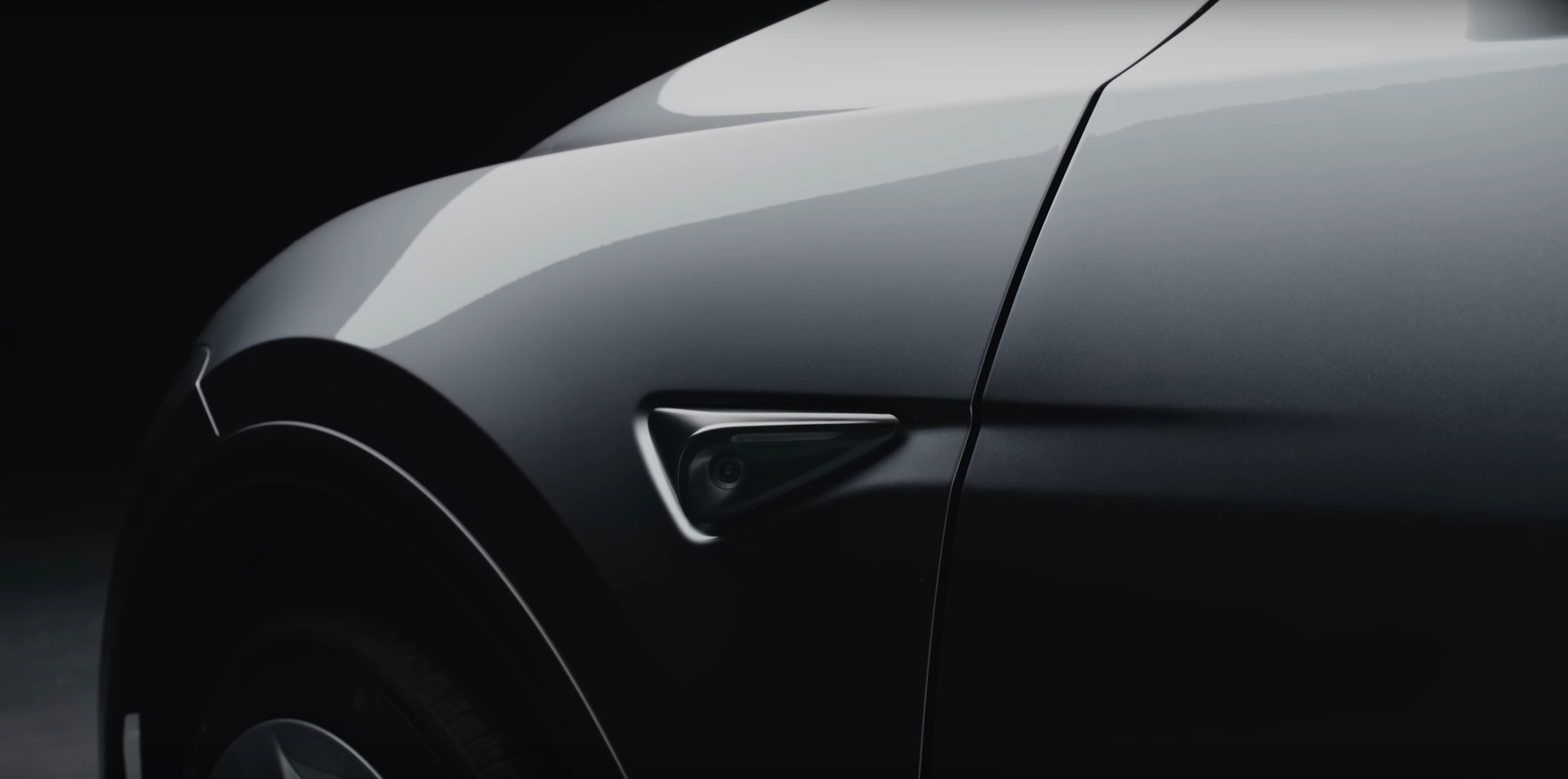
Tesla appears to be making a change to its exterior side repeater cameras, which are used for the company’s Full Self-Driving suite, and other features, like Sentry Mode.
The change appears to be a potential upgrade in preparation for the AI5 suite, which CEO Elon Musk said will be present on a handful of vehicles next year, but will not be widely implemented until 2027.
Currently, Tesla uses a Sony sensor lens with the model number IMX963, a 5-megapixel camera with better dynamic range and low-light performance over the past iteration in Hardware 3 vehicles. Cameras in HW3 cars were only 1.2 megapixels.
However, Tesla is looking to upgrade, it appears, as Tesla hacker greentheonly has spotted a new sensor model in its firmware code, with the model number IMX00N being explicitly mentioned:
Looks like Tesla is changing (upgrading?) cameras in (some?) new cars produced.
Where as HW4 to date used exterior cameras with IMX963, now they (might potentially) have something called IMX00N— green (@greentheonly) December 1, 2025
Sony has not announced any formal specifications for the IMX00N model, and although IMX963 has been used in AI4/HW4 vehicles, it only makes sense that Tesla would prepare to upgrade these external cameras once again in preparation for what it believes to be the second hardware iteration capable of fully autonomous self-driving.
Tesla has maintained that AI4/HW4 vehicles are capable of self-driving operation, but AI5 will likely help the company make significant strides, especially in terms of overall performance and data collection.
Tesla last updated its exterior cameras on its vehicles back in early 2023, as it transitioned to the 5-megapixel IMX963. It also added additional cameras to its vehicles in January with the new Model Y, which featured an additional lens on the front bumper to help with Full Self-Driving.
Tesla’s new self-driving computer (HW4): more cameras, radar, and more









